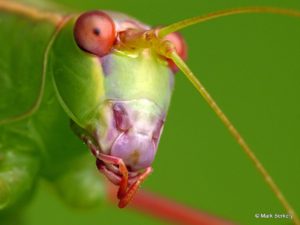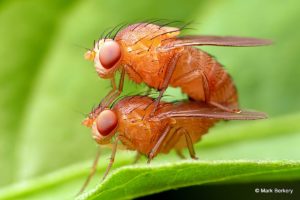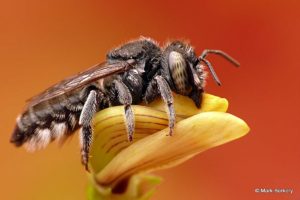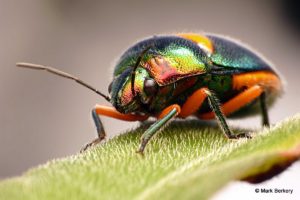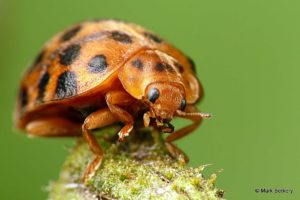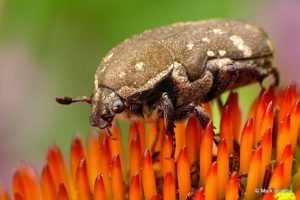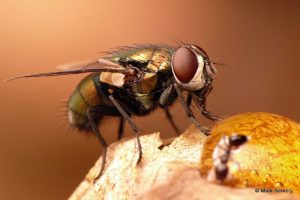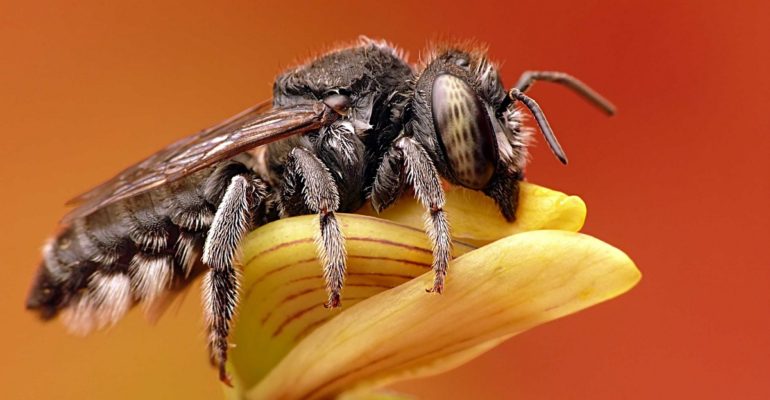
Historically, time in nature has been prescribed for the convalescence of body, mind and spirit. There is a simple reason for this. There is little for the thinking mind to go to work on in nature. So being in nature is, fundamentally, a holiday from the thinking mind.
This is how I started doing macro nature photography. I was used to a very busy and stressful worldly life and it wasn’t enough, or it was too much. It was making me ill and I needed to do something about it, to mitigate the detrimental effects of ‘busy’ living, and I saw the practical value of spending time in nature.
Exploring nature
For it to work best it helps to know something of the process.
The process is simplicity itself. If being in nature is in fact beneficial to the whole being what is it about it that makes it work? Attention, what you consciously focus your attention on.
If you go into nature and take your worries with you, think about what stresses you, you aren’t really in nature at all, you are still in the world of busyness and stress. When we go into nature we tend to do this thinking subconsciously, habitually, and the need is to break the habit with a conscious effort.
It’s only an effort to begin with. And after a short while, knowing what you are doing, it becomes a pleasure to simply hear the bird call, see the greenery ever shifting in the breeze, feel the wind in your hair, the sensation of earth under foot, sky overhead.
So, you see the difference? Either your attention is in the world of thinking, or it is in the world of the senses. Two distinct worlds to attend to, if you take the time to look.
And as with anything else the more time you give to it the more it gives back, the more real the effects of it become.
There are many ways to give time to being in nature and once you get the idea of the difference between thinking and the senses it matters little what way you take. What works for me is macro nature photography.
These days almost everybody in the West has a camera of one kind or another and with little adjustment almost any camera can be used to take unique and interesting macro photographs. Almost every mobile phone has a camera and you can even buy attachment lenses for them now.
And the world of macro is at your feet, you don’t have to travel anywhere to see the amazing colours and designs of nature. Nature can be sensed in a single leaf, or in the wondrous living insects that can be found and photographed in any garden.
How to do it
Now you know why to do it and where to do it, all that remains is the how.
It will take some practise to get pictures like mine but if you give it time and make the effort the attention you give it will be rewarded with amazing macro pictures.
You’ve got a camera, any camera, and it probably has a macro function. Read the manual or go online and find what you need. You will probably find others already use or have used the same camera for macro.
If your camera doesn’t have a macro function you can buy a cheap macro filter at a camera store or online to fit the filter thread of your lens.
Your camera also usually has a built in flash which can be used to good effect, to keep the image sharp and bright. Diffusion, to spread the flash light and make it less harsh, can be a piece of paper towelling held on top of the lens with a rubber band.
There is usually a manual function on a camera whereby you can set the shutter speed (SS) and the aperture (A). Use it to set SS at 1/160sec and faster, and A at f8 to f16. With flash set at on you are ready to go. Or just go to macro mode.
One thing important to know when taking macro photos is your camera will best focus at certain distances. It’s not the same for every camera and you can find this out either in the manual or with a little research – by asking questions, usually at an online photography forum.
The insect world
The approach to acquiring photos of insects is necessarily one of respect. You are the king or queen of your garden and if you fail to respect the sensibilities of your subjects they will revolt, as every ruler down through the ages has learned to their detriment.
If you don’t want those beautiful insects to run away and hide or attack you show them respect. Remember, they are survivors just like you so they will act and react according to the various stimuli of their environment.
You are one major source of stimuli in their environment and the trick is to not stimulate them into any action or reaction, unless you really know your subject and it serves the purpose without causing harm.
Get to know your subjects and their needs and habits and you will get close enough for a picture – not all insects have the same sensitivities. It takes time and patience and eventually, through careful observation, the insects will tell you all you need to know about them.
The flower and the beetle
So you want to take a picture of the beetle in the flower? Well, I suggest you practise on the flower first. But let’s say you’ve done that and you’re ready for the challenge of a mobile subject, albeit slow moving or momentarily stationary.
The first thing to do is look. Is the creature too fast or is it moving and stopping. Is it stopping for a few seconds at a time, more or less. Is it a situation where you can brace the camera for a steady shot at the right distance. If it is you have an opportunity. As soon as it stops or looks occupied with something move in close. Set yourself up for the shot.
The key here is when an insect is focused on something, anything, eating, mating or just resting they can be so absorbed they don’t notice you moving in their view and will sometimes even tolerate some disturbance. And don’t doubt it, they can see you and will notice you and act or react if you don’t approach carefully.
If at first you don’t succeed don’t lose heart. Nobody got to be expert overnight, persistence with the right approach and technique will be rewarding.
It just takes time and practice in the garden.
And there you have it, the why, the where and the how of macro nature photography. Of course there is more to it, there always is.
If you want to see and know more of what and how I do it have a look at my site Nature’s Place and scroll down.
© Mark Berkery
Published by Redlands2030 – 8 January 2016
Please note: Offensive or off-topic comments will be deleted. If offended by any published comment please email thereporter@redlands2030.net
